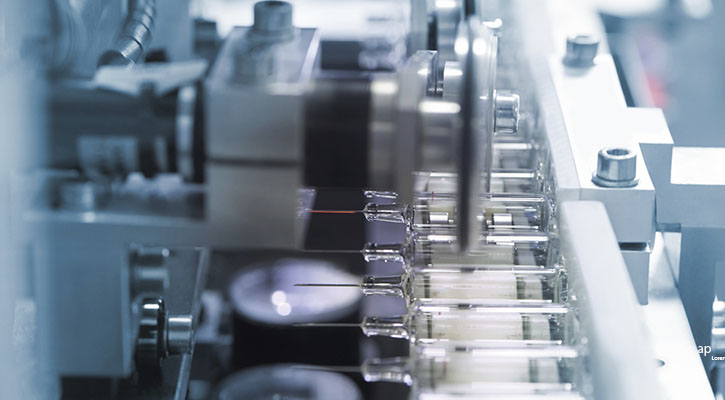
Each week we analyse a category of investment funds in an attempt to identify the best products based on a series of quantitative criteria.
This week it is the turn of the biotech equity category.
Although during 2022 biotech funds suffered more than the market as a whole, in recent years and especially in recent months, in the heat of the expected interest rate cuts by central banks, the category has recovered quite a lot, as we can see in this comparative chart.
The analysis below is a purely quantitative process.
The idea is not to offer a buy recommendation but to help investors choose their funds according to the criteria they consider most important.
We are going to focus on funds available to the UK investor with more than five years of performance history.
The Best Biotechnology Sector Equity Funds
Based on these criteria there are sic funds that meet the requirements.
I will compare these funds in terms of performance, consistency, risk, volatility, risk-return and costs so that everyone can choose their best candidate according to the criteria they consider most important.
The data has been calculated as of June 30 2024.
1) Which are the best funds by performance?
This is the 5-year performance ranking.
2) Which are the best funds by consistency?
To analyse the consistency of the funds I have divided the last five years into 25 periods of 36 months and ranked the six funds by relative performance: the best performing fund in a given period will receive a score of six points, the second five points, and so on. But I will give more weight to the most recent data than to the oldest. So I will multiply the latest ranking data by 25, the penultimate by 24 and so on. I will make a final tally by adding up the 25 scores (the maximum score is 1,950) and I will produce a ranking based on that final score.
3) What are the best funds by volatility?
We can also rank the funds by volatility over the last five years. The ranking has been established by giving the highest ranking to the fund with the lowest volatility. Not that having a low volatility is necessarily an advantage for the fund, but this ranking allows everyone to choose the fund that best suits their risk preference.
4) What are the best funds by risk?
In addition to volatility, one can also measure risk by calculating the maximum loss suffered by the fund over a given period of time. This is the five-year maximum loss ranking.
5) Which are the best funds by return-risk?
It is also important to analyse funds not only in terms of return and risk separately, but also in terms of return-risk. For this purpose I have established a five-year Sharpe ratio ranking. The higher the ratio, the better.
6) Which are the cheapest funds?
Finally, we cannot overlook the costs of the fund. Below is the ranking by total fund cost.
• This article originally ran on Morningstar Spain and has been translated using AI.



























